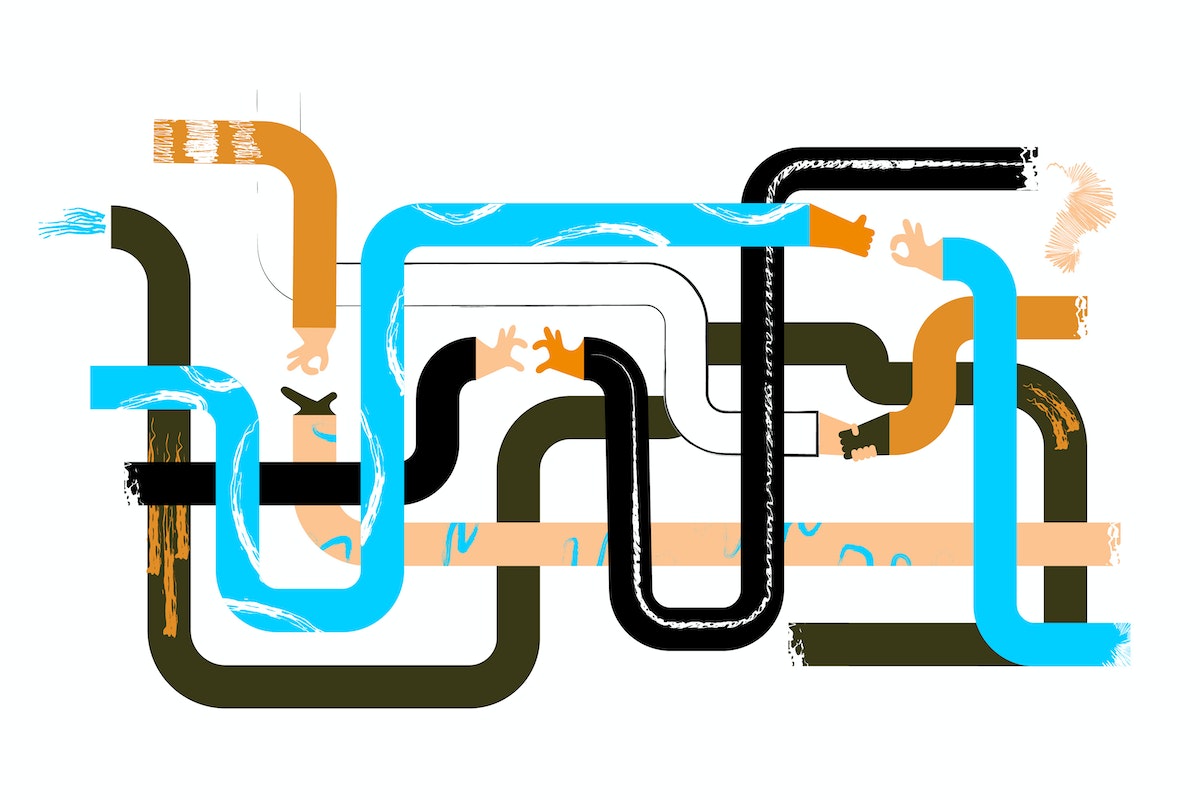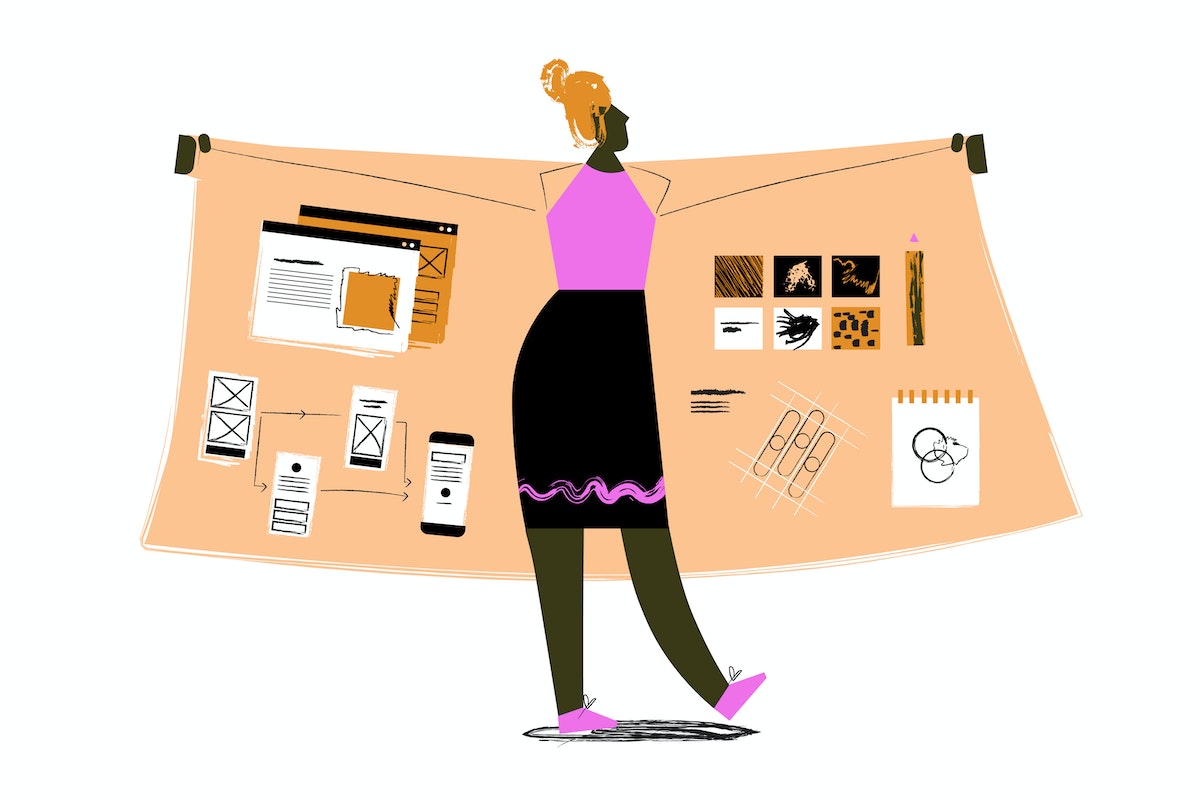The Freelancer's Guide to Hustling

With the rise of the gig economy, the workplace has changed dramatically—and for the better, we think. The definition of a “long and successful career” has been flipped on its head. (Hint: It’s no longer about walking into the same office building for 30 years). And who’s leading the charge? Freelancers.
Between the allure of the WFH lifestyle, more flexible working hours, and be-your-own-boss independence, it’s no wonder more people are staying home. But the other side of that coin is that everyone and their mother is freelancing, so it's harder than ever to stand out. We asked our freelance IDEOers and those who hire them to tell us the best ways to make it work.
Here are the top three ways to rethink and refuel your freelancing:

1. Turn ‘networking’ into ‘helpworking.’
Before you audibly groan at the word “networking,” hear us out. Let’s try an exercise: Write down a favor you might ask of someone in your field. Pause. How do you feel? A little anxious? Maybe kinda bummed?
Now, imagine how you might offer to help one of your clients. Jot down three provocative ideas you have for them. Pause. How do you feel? Energized?
We thought so. And that’s the thing. It turns out that while asking for help is hard and can make us feel bad, giving help is actually invigorating and makes us happy. Huh.
So what does this mean for your freelancing? It means looking for opportunities to come together with other collaborators or companies in a way that generates good vibes all around. You can make this happen by bringing together other freelancers for your own hackathon-style event. (Maybe even get a company to sponsor it in exchange for your combined thinking). Or you can join a community-based network. There are tons of places to find like-minded creative people, like co-working spaces or meet-ups.
Whether one-on-one or one-on-many, flip networking from the downer of asking for help, to the booster of giving help—and upgrade the kinds of projects and people you work with as a result.

2. Show all your angles. #nofilter
Help companies hire you by showing them all the kinds of work that you do. Are you a medical illustrator with expertise drawing physiological diagrams? That's exactly what we need for one of our health-related projects. When you say “interaction designer,” explain the very specific range of interactions you design. And if you worked on a group project, add a sentence to call out the parts of the project you did.
There’s a fear that by being very specific in what you do and don’t do, you’ll pigeonhole yourself. But the truth is that when a company needs to hire a freelancer, it’s almost certainly because of a very specific task that requires a skill or resource that the company doesn’t already have. If you happen to do that very niche craft… you’re hired!
So don’t leave the range or specificity of what you can do to the imaginations of your prospective clients. Lay it all out (preferably on your website, in emails, on LinkedIn—the Skills section is great for this), and you’ll be increasing the likelihood of a “swipe right” when it comes to new collaborations and projects.

3. Repetition does not spoil the prayer.
So you met a prospective client or collaborator at an event (perhaps the recent Break the News brainstorm we hosted in our Cambridge office), you clicked, you exchanged information, and then… crickets.
It’s tempting to think that the prospective partner will keep you top-of-mind for future projects. The reality is that, while they probably felt the spark too, life happens. And in the chaos they might not remember important details—like how to contact you! So make it easy for them by reminding them regularly of your work, what you’re up to, when you’re available, and how to get in touch.
There’s a reason advertisers commonly reference the number seven as the sweet-spot in terms of “effective frequency”—the number of times a customer needs to see an ad’s message before they buy. Think creatively about how you stay in touch and top-of-mind for potential partners. Send them a monthly email showcasing your latest work. Mail them a beautiful poster you made. Send a note praising their most recent project. Continue to show up to more events. Aim for more. To you, it might seem repetitive, but to a prospective client, it’s a reminder that you’re there, ready to co-create.
In the end, more is more. That’s the key to navigating today’s ambiguous (and exciting) un-9-to-5.
Words and art



Subscribe

.svg)







